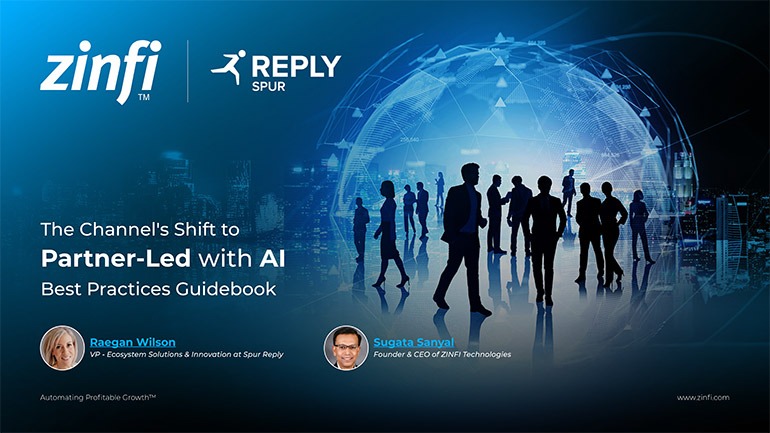Best Practices Articles
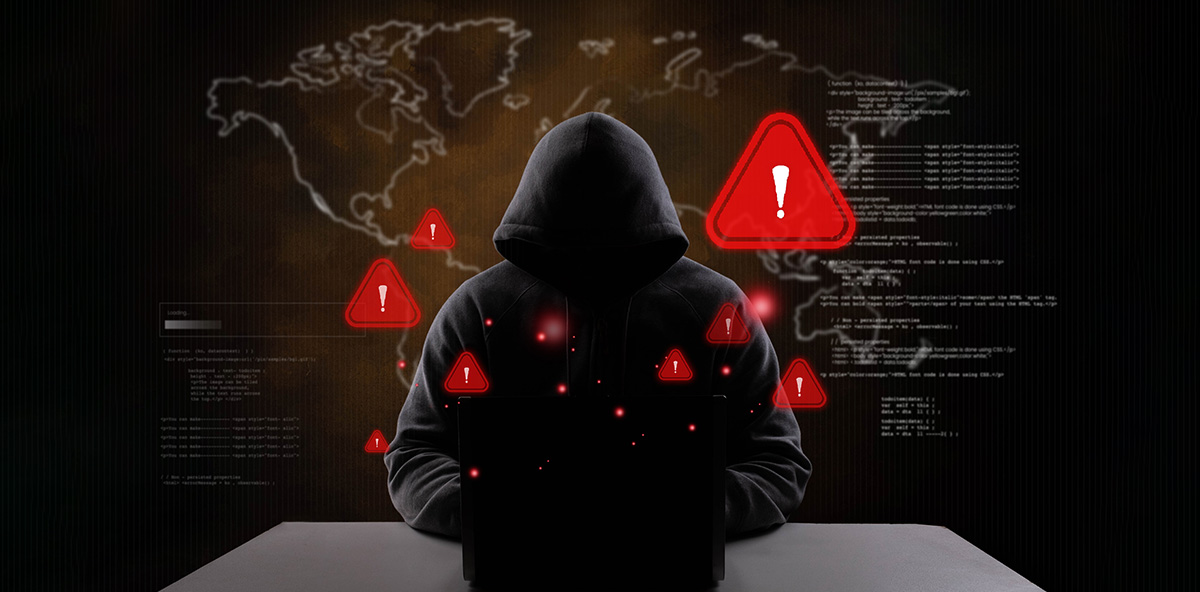
How the Partner Ecosystem Blocks Dark Web Cyber Threats
The dark web fuels a growing partner ecosystem of cybercrime, enabling even unskilled attackers to launch ransomware and phishing campaigns at scale. Traditional detection tools fall short as threats evolve faster than they can react. To counter this, organizations must adopt a zero trust security model that denies all unapproved activity by default. Tools like ThreatLocker enforce strict execution policies, monitor behavior, and prevent unauthorized software from running. This proactive approach blocks payloads at the endpoint and scales across global operations. In a world where cybercrime is automated and accessible, prevention—not detection—is key to defense.
Key Takeaways:
- Partner ecosystem security prevents dark web exploits before execution.
- Zero trust model blocks unauthorized tools—even with valid credentials.
- ThreatLocker enforces policy through allowlisting and ringfencing.
- Detection lags; prevention leads. Execution control is the new frontline.
1. The Partner Ecosystem Driving Modern Cybercrime
The dark web functions as a decentralized partner ecosystem where anonymity drives innovation. Vendors sell malware, login credentials, botnet services, and access to corporate systems. These services allow cybercriminals to launch attacks without writing code. Firewalls cannot stop tools already inside the network.
These vendors run operations like legitimate businesses. Ransomware-as-a-service packages include portals, dashboards, and documentation. Developers sell keyloggers, reverse shells, and evasion techniques. Initial access brokers offer domain credentials and RDP sessions. This partner ecosystem lowers technical entry barriers and increases attacker numbers.
Criminals evaluate products using reviews and ratings. They assess ransomware bundles like consumers check retail products. This feedback loop drives faster adoption. Sellers refine their tools and increase success through cooperation.
Stolen credentials flood these markets. Phishing sites collect login data with associated system details. Buyers target machines likely to have exploitable weaknesses. Some hackers scan for unpatched software, exploit vulnerabilities, and then list the compromised systems for sale.
Zero-day exploits often surface on the dark web first. Attackers gain access before security teams release patches. Buyers launch attacks while defenders remain unaware.
This environment highlights the failure of reactive security. Waiting to detect malware gives attackers too much time. Instead, organizations must stop unapproved software from executing. A partner ecosystem based on zero trust delivers this preventative approach.
2. Why Detection Tools Cannot Keep Up with the Dark Web
Traditional detection tools depend on known patterns. Antivirus programs look for signatures. EDR tools monitor activity. SIEM systems compile logs. Each tool only acts after observing behavior.
By the time alerts trigger, damage may already occur. Attackers might encrypt systems or leak data. Delays in reviewing alerts extend the threat window. Hackers exploit this delay.
Cybercriminals refine malware to evade detection using services from the partner ecosystem. They test payloads against antivirus tools and adjust them to avoid detection. Automation accelerates this process.
Artificial intelligence compounds the problem. Attackers use generative AI to create polymorphic malware that constantly changes while retaining its function. Detection systems cannot keep pace.
A zero-trust model within a partner ecosystem sidesteps this issue. It approves only known software. If a program lacks explicit approval, it cannot run. The system acts immediately without analyzing behavior.
This model reframes the security response. Instead of chasing threats, organizations dictate what software can operate. They set policies proactively and remove the guesswork from the equation.
Security teams monitor endpoint behavior without relying on alerts. They use the partner ecosystem to enforce policies. Endpoints stay secure not because systems detect threats but because they block unapproved activity from starting.
3. Blocking Payloads at the Endpoint with Zero Trust
The dark web partner ecosystem’s greatest strength is enabling attackers to automate at scale. Threat actors combine multiple tools—access brokers, encryption services, and monetization platforms—into seamless workflows. These tools rely on unrestricted endpoints.
Zero trust security disrupts this sequence. It creates an environment where endpoints block unauthorized code execution. Even when attackers acquire credentials, they cannot launch their tools. The system stops them immediately.
This strategy does not calculate risk. It requires pre-approval. ThreatLocker offers a platform that inventory software tracks behavior and applies strict execution rules. Binaries that fail to meet approval criteria cannot run.
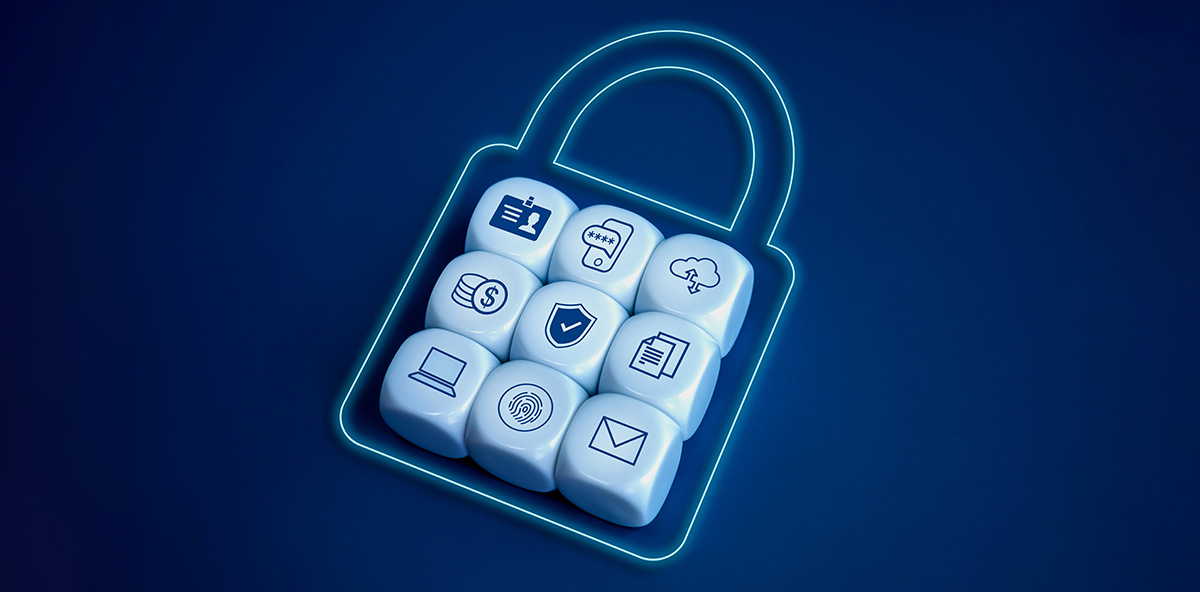
Ringfencing strengthens this approach. Even approved tools receive clear boundaries. A document viewer cannot run scripts or alter system files. This limits attackers' options, even when they exploit legitimate software.
Fileless attacks exploit trusted system tools. Hackers use macros, command prompts, and scripts. Systems that default to trust enable these techniques. A partner ecosystem aligned with zero trust overrides that behavior. Only explicitly approved actions proceed.
Organizations that use zero trust prevent threats from activating. Attackers might breach accounts, but they cannot act. Systems remain locked. Payloads fail. Ransomware never launches.
The partner ecosystem defends against dark web threats by enforcing control before execution. This approach changes the outcome from compromise to prevention.
4. Partner Ecosystem Enforcement Through ThreatLocker
ThreatLocker provides tools that enforce zero-trust principles across a secure partner ecosystem. It gives administrators control over execution policies and removes options from attackers. The platform records software behavior and defines what endpoints may execute.
Rather than respond to emerging threats, ThreatLocker creates an environment where only approved software runs. If attackers breach the network, their tools cannot be activated. The system denies them a path to action.
Allowlisting ensures uniform rules across all devices. Servers, desktops, and cloud infrastructure follow the same policy. Security teams start by observing workflows and configuring rules during a learning phase.
Administrators customize rules based on roles and geography. Each endpoint behaves like a secure zone—governed by strict denial of unapproved software.
Ringfencing limits even trusted software. Applications operate only within their expected scope. Text editors cannot launch scripts. Browsers cannot access system configurations.
ThreatLocker tracks mobile activity, monitors identity, and blocks access when patterns diverge from known behavior. It verifies device conditions before permitting SaaS access.
Detailed telemetry provides complete visibility. Security teams review execution attempts and understand intent before threats cause harm.
ThreatLocker’s approach emphasizes prevention over detection. It removes trust assumptions and eliminates execution opportunities for attackers using the dark web partner ecosystem.
5. Scaling Zero Trust Across a Global Partner Ecosystem
Large organizations must standardize enforcement to scale zero trust effectively. They coordinate across regions, departments, and device platforms. They embed policy within operational routines.
The cybercrime partner ecosystem targets weak links indiscriminately. Companies must enforce protections everywhere. They use automation to implement policy consistently.
ThreatLocker facilitates this with tools that apply rules across endpoints without disrupting users. It learns regular activity and introduces policies gradually. This approach balances speed with stability.
Organizations must win cultural support. Teams often fear disruption. Security groups engage stakeholders to understand workflows and write aligned rules.

ThreatLocker supports this process with simulation modes. Teams preview policy impacts before rollout. This transparency reduces pushback and builds consensus.
Global operations require local flexibility. Different regions use different tools. ThreatLocker enables policy grouping by geography or function, supporting tailored enforcement within a unified strategy.
Zero trust extends to cloud access. ThreatLocker checks device integrity before granting SaaS permissions. Even valid credentials fail when the device fails verification.
The dark web reduces the cost of launching attacks. A partner ecosystem based on zero trust raises the price of succeeding. Organizations block execution, define behavior, and remove ambiguity.
Conclusion
The dark web expands its offerings, enabling widespread cyberattacks. Organizations cannot rely on detection alone. They must implement decisive control.
Zero trust security delivers this control. It denies implicit access, applies consistent enforcement, and gives defenders the upper hand.
ThreatLocker equips enterprises with policy enforcement tools. It applies rules, logs activity, and offers complete oversight.
Organizations must inspect every file, command, and process. They must default to denial and grant trust only when earned.
The partner ecosystem makes this possible. It transforms every endpoint into a monitored, protected access point.
As cybercriminals innovate, defenders must respond with structure and discipline. A zero-trust partner ecosystem removes vulnerabilities before attackers can act.
Best Practices Guidebook
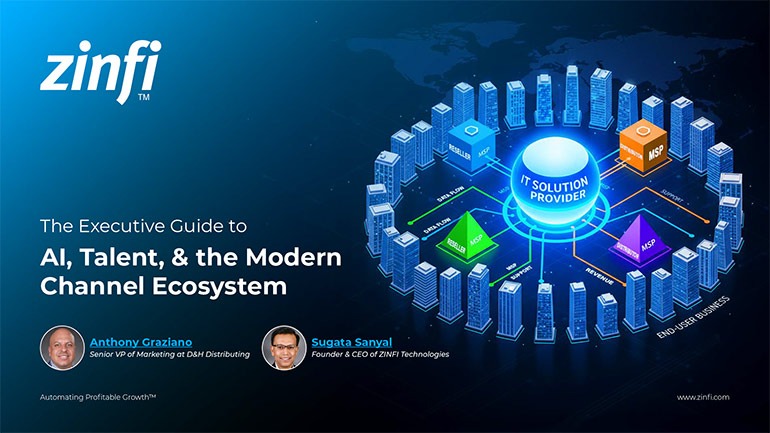 Modernizing Channel Marketing: AI and Ecosystem Enablement Best Practices
Modernizing Channel Marketing: AI and Ecosystem Enablement Best PracticesDownload for FREE
 The Channel’s Shift to Partner-Led With AI Best Practices
The Channel’s Shift to Partner-Led With AI Best PracticesDownload for FREE
 Hyperscalers, ISVs, and AI: Shaping the Future of B2B Software Distribution
Hyperscalers, ISVs, and AI: Shaping the Future of B2B Software DistributionDownload for FREE
 Definitive Guide to a Partner Ecosystem-First Sales Strategy
Definitive Guide to a Partner Ecosystem-First Sales StrategyDownload for FREE
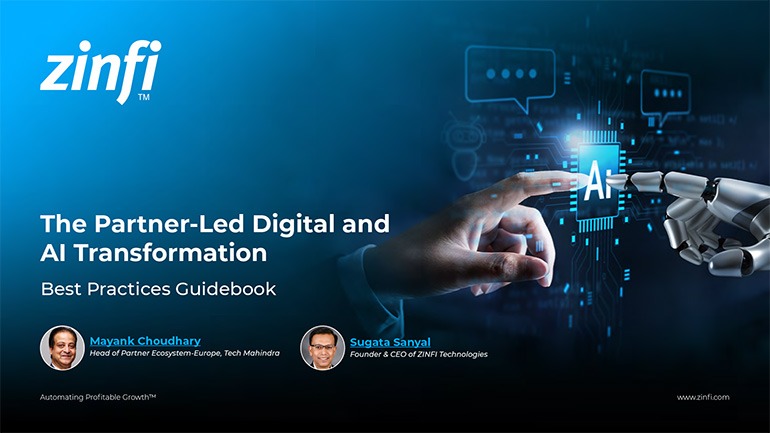 The Partner-Led Digital and AI Transformation Best Practices
The Partner-Led Digital and AI Transformation Best PracticesDownload for FREE
 Startup Talent Recruitment: Hiring Missionaries, Not Mercenaries
Startup Talent Recruitment: Hiring Missionaries, Not MercenariesDownload for FREE
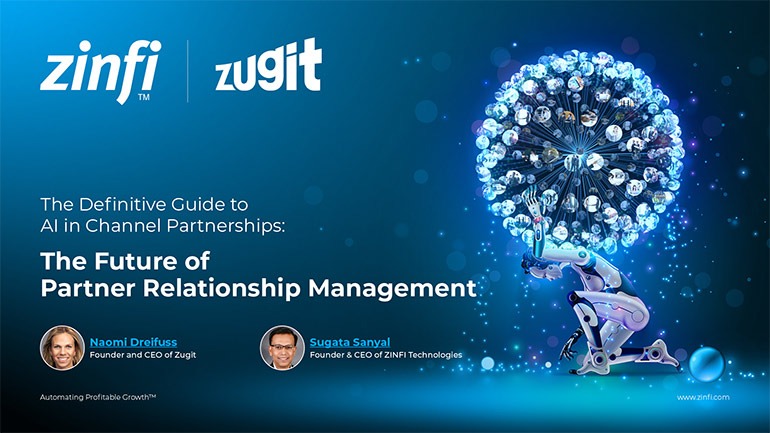 The Future of Partner Relationship Management with AI in Partnerships
The Future of Partner Relationship Management with AI in PartnershipsDownload for FREE
 Cybersecurity for the 99%: Strategies from the Frontline
Cybersecurity for the 99%: Strategies from the FrontlineDownload for FREE
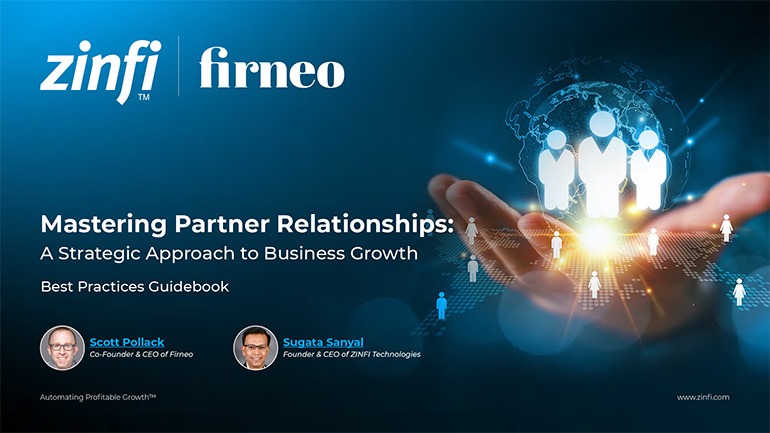 Mastering Partner Relationships: A Strategic Approach to Business Growth
Mastering Partner Relationships: A Strategic Approach to Business GrowthDownload for FREE
 Mastering Partner Relationship Management: Keys to SaaS Channel Success
Mastering Partner Relationship Management: Keys to SaaS Channel SuccessDownload for FREE
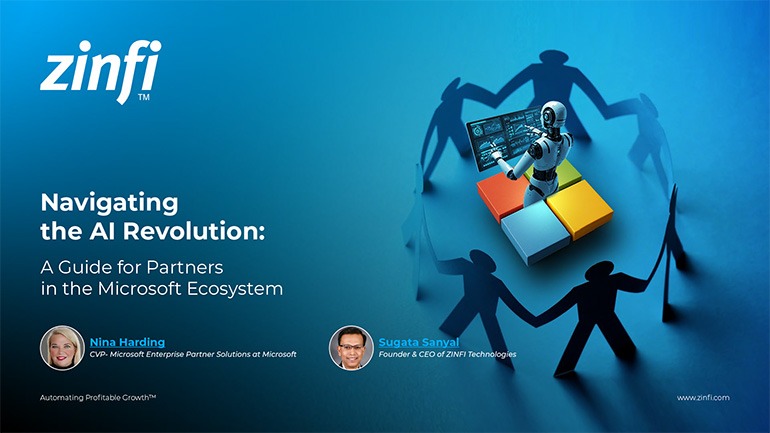 Navigating the AI Revolution: Guide for Partners in the Microsoft Ecosystem
Navigating the AI Revolution: Guide for Partners in the Microsoft EcosystemDownload for FREE
 Mastering the Modern Buyers Journey: Sales Leader’s Guide to AI & Engagement
Mastering the Modern Buyers Journey: Sales Leader’s Guide to AI & EngagementDownload for FREE

